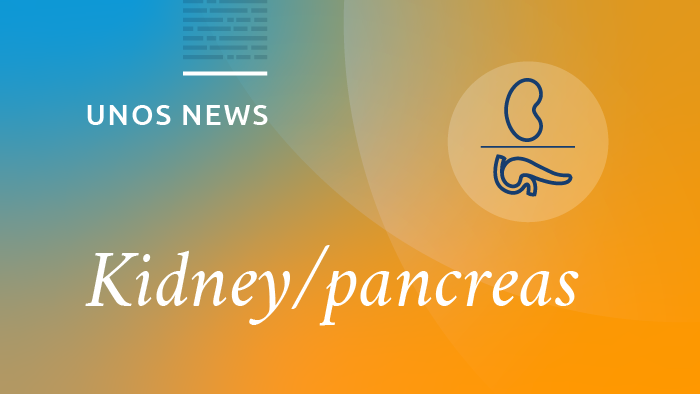A new data monitoring report contains key measures of the updated pancreas distribution system, which was implemented March 15, 2021.
This most recent monitoring report presents one full year of post-implementation data. Some key takeaways from the report include:
- Pancreas and kidney-pancreas transplant volumes were similar in the 1-year pre-policy and post-policy eras
- The overall pancreas transplant rate increased slightly, and the overall kidney-pancreas rate decreased slightly, changes that were not statistically significant
- No statistically significant differences were observed in transplant rates by candidate age group, gender, race/ethnicity, or patient sensitization (CPRA) at listing
- More pancreas and kidney-pancreas transplants occurred at hospitals outside the recovering hospital’s donation service area (DSA), but the majority stayed within 250 nautical miles of the donor hospital
The report was presented to the Organ Procurement and Transplantation Network’s Pancreas Transplantation Committee on June 22. The committee will continue to monitor these policies as data are submitted, and subsequent monitoring reports will be posted on an ongoing basis.
The future state of pancreas allocation
In 2019, UNOS began work to adopt a single distribution framework that could be adapted to all organ types. This approach, continuous distribution, is a points-based system predicted to increase equity among potential recipients. Lung was the first organ type to adopt continuous distribution, and kidney and pancreas are currently moving through a series of steps as the frameworks are developed for their respective organ types.

